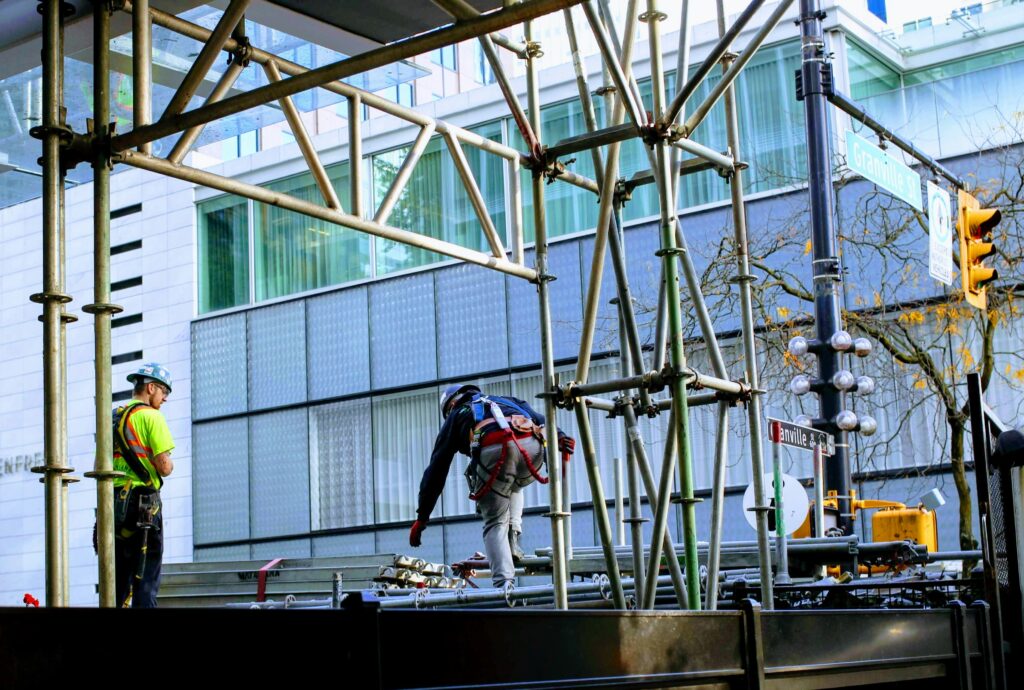May the 25th, 2025 – Croatia has the oldest population in the immediate region, meaning that despite tighter controls and various amendments, the import of foreign labour is set to continue.
As Poslovni Dnevnik/Sinisa Malus writes, earlier this week, Eurostat published demographic data for 2024. That data solidly confirmed the trend of population ageing across the EU, with Croatia the infamous record holder in the region.
The oldest populations in Central and Eastern Europe are concentrated in the former Yugoslavia, especially in Croatia (45.4), Slovenia (45.2) and Serbia (45.2).
croatia has the oldest population, but the entire region is only getting older

Croatia might have the oldest population in the immediate region, but the entire region is getting older and older. These countries have also recorded an increase in median age over the past decade, ranging from two to two and a half years.
“Interestingly, all Central and Eastern European countries have seen a median age increase higher than the EU average. These demographic developments are expected to place increasing pressure not only on welfare systems but also on broader economic performance in the coming years,” revealed Erste Group analysts.
The youngest populations are found in Ireland, Luxembourg and Malta, where the median age remains below 40. Within Central and Eastern Europe, Slovakia has the youngest demographic profile, with a median age of 42.6 years. However, Slovakia has also experienced the largest increase in median age in the last decade (+4 years), seeing it ranked alongside Greece, Italy, Portugal and Cyprus.
foreign labour imports will continue

Looking at all of this, it’s become obvious that the import of foreign labour will continue in the years ahead for Croatia. Despite very recent amendments that have seen work permits issued in Croatia dwindle, if we look at the percentage of them, Croatia became the EU in labour imports back in 2023. On the one hand, the fact that 95 percent of all residence permits go to foreign workers speaks of the exceptional adaptability of the Croatian labour market and the rapid growth of this small and open economy. It also speaks not only of Croatia having the oldest population structure, but of other structural and political challenges that are growing worse with time.
At the EU level, only 34 percent of first residence permits are issued to those who come in search of work. Yhat makes Croatia’s 95 percent seem like a very impressive figure. It’s also striking to note that Croatia is followed by Lithuania (84 percent) and Romania (78 percent) according to this statistical indicator. There are currently about 800 registered agencies for the employment of foreign workers in Croatia.
However, experts warn of another problem, and that’s that this sort of agency work can also be done by other companies that are not listed in these registers. Last week, the Croatian Employers’ Association and the Migration Research Institute held a conference at which the potential of multicultural teams in Croatian companies was discussed. The first major survey on foreign labour in Croatia was also presented to employers and the public.
a survey on foreign labour in croatia – the first of its kind

The results of the survey on foreign workers in Croatia were presented by Dr. Iva Tadić from the Migration Research Institute. This is the first large-scale quantitative survey of foreign workers from Asia and Africa in Croatia, conducted in collaboration with researchers from Bangladesh, the Philippines, India and Nepal.
The survey was conducted back in December 2024 and January 2025, combining online and field research. The survey included 400 foreign workers, mainly from the Philippines (38 percent), Nepal (26 percent) and India (20 percent). It also looked at each of their employment sectors, most of the participants worked in transportation (22 percent), hospitality (19 percent) and construction (17 percent).
what do the workers themselves say?

The foreign workers in Croatia personally cite economic reasons as the main reason for coming to Croatia. In addition, almost 90 percent of the survey participants stated that they financially support their families in their countries of origin. Regarding their plans for the future, 32 percent intend to stay in Croatia for up to 5 years, 23 percent between 6 and 10 years, 20 percent plan to stay until retirement, and 19 percent want to stay in Croatia for the rest of their lives. The survey showed that 55 percent of the participants plan to move their family to Croatia.
Foreign workers in Croatia are most satisfied with their healthcare and least satisfied with their standard of living. Despite the very many obstacles they have encountered, 34 percent of foreign workers believe that their quality of life has significantly improved since arriving in Croatia.











